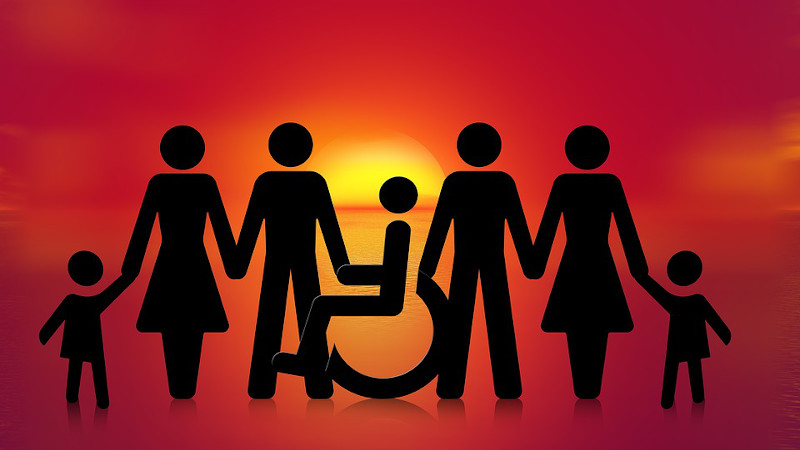Market segments dedicated to catering to the needs of people with disabilities are a key and fast-growing component of the global tourism industry, with AI and digital tools playing an increasingly important role in promoting accessibility and inclusivity.
The World Health Organization (WHO) estimates that 10% of the world’s population, or around 650 million people, have a disability. This classification includes not only physical mobility challenges but also a range of less visible conditions such as mental disorders, hearing and visual impairments, cognitive disparities, neurodiversity (including autism), sensory and emotional disorders, cognitive disabilities and neurological disorders.
Recognising travellers with disabilities as an important yet often overlooked population in the global tourism industry could have significant implications for Malaysia’s tourism industry. As destinations around the world are adapting their operations to cater for the diverse needs of travellers with disabilities, Malaysia is well poised to benefit by adopting an inclusive and accessible approach to tourism offerings.
Disabled people spend $58.2 billion a year on travel, making it a rich business sector, especially in the United States. Despite their significant contributions, many obstacles prevent their seamless integration into tourism. These issues include poor accommodation, limited transportation options, and ignorance of airport and airline staff towards disabilities. Long distances between terminals and gates make access difficult for disabled travelers. Disabled guest rooms could boost Malaysia’s tourism industry. By prioritizing accessibility and adjusting business tactics, the local tourism industry could reach new customer segments and promote economic growth and diversity. Curitiba, capital of the southern Brazilian state of Paraná, has prioritized disability-friendly tourism, especially in its Botanical Garden, the Garden of Sensations.
AI and digital technologies can help overcome these obstacles. AI-powered solutions can determine the travel preferences and accessibility needs of people with disabilities from large datasets. Travel companies can use machine learning techniques to optimize rooms and transportation for this demographic. Digital tools can also increase disability awareness among airport and airline staff. By immersing themselves in the real-life experiences of travelers with disabilities through interactive training modules, augmented reality simulations and virtual reality scenarios, staff can learn empathy and provide better service.
AI-driven navigation systems can also shorten the journey from terminal to gate. By providing real-time guidance and personalized route suggestions, these devices can help travelers with disabilities navigate complex airport layouts with confidence and independence. AI and digital technologies can remove barriers to disability inclusion in tourism. These new technologies can help stakeholders unlock the potential of this underserved market sector and improve the tourism experience for all visitors by creating a more inclusive and accessible travel environment.

